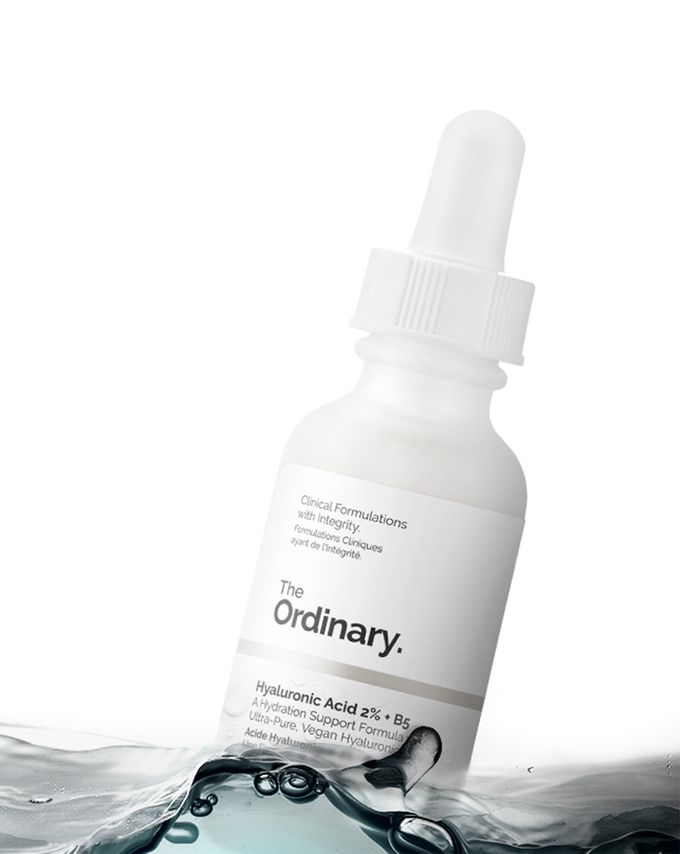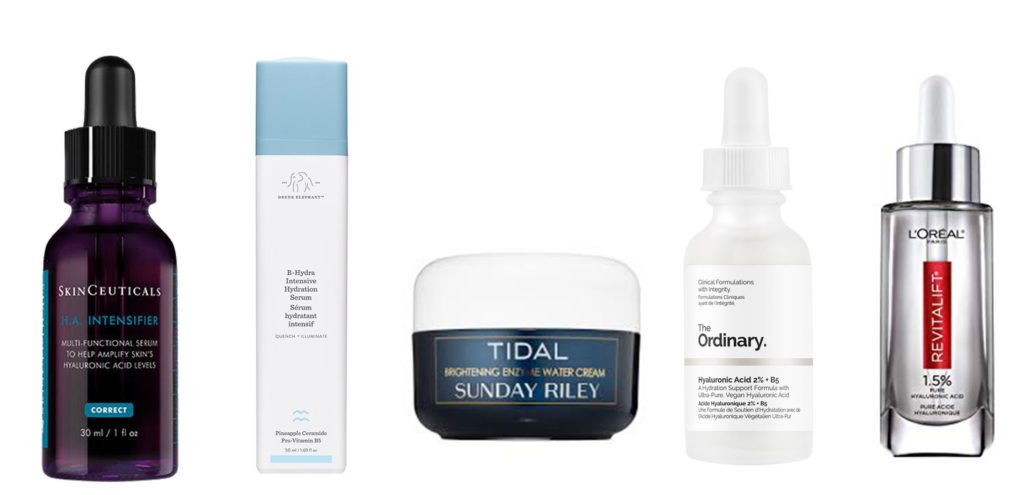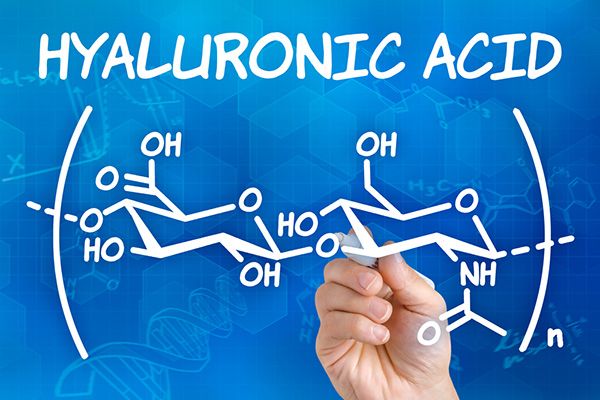- March 8, 2019
- BEAUTY + WELLNESS
Untangling the Obsession with Hyaluronic Acid
The Secrets of “Fountain of Youth”

One look down the skincare aisle at your favourite drugstore and you can spot this sensational ingredient listed on moisturizers, serums, anti-ageing products and more. While Hyaluronic Acid (HA) is at the heart of the most modern hydrating products, at its most basic, it is a gel-like compound that actually naturally occurs in our bodies and is a humectant that is it attracts moisture and holds onto it like a magnet. So, what is this obsession with Hyaluronic Acid? And what makes it a superstar hydrator?
The words ‘Hyaluronic Acid’ might seem scary, but unlike salicylic or glycolic acids, it really isn’t an acid and infact, occurs naturally in our eyes, fluids and joints in highest concentration, thereby acting as a cushion for joints and hydrating skin, eyes and hair. Therefore, it’s not surprising when it’s called fountain of youth, after all it is extremely effective in maintaining healthy, youthful skin and hair. But the downside is that it decreases with age, slowly taking our youthful luster with it and needs to be externally introduced into the body and skin. The only way to increase HA production is to eat foods that are obviously a good source of HA like citrus fruits, bone broth, soy-based foods, leafy greens (Spinach, Kale and more) and starchy root vegetables.
Doesn’t your skin look plump and hydrated right after you have applied a Hyaluronic Acid serum/moisturizer? Well, that’s because HA promotes and nourishes collagen which in turn firms the skin. And since, Hyaluronic Acid is naturally found in our bodies, our skin – be it oily, dry, sensitive or acneic – responds so well to the topical treatment. But what really makes Hyaluronic Acid so good at hydrating is that it can hold upto 1000 times its weight in water. And as we layer it over our skin, it steadily feeds it moisture throughout the day, giving us softer, smoother skin.
That said the only con of Hyaluronic Acid is how we use it to help our skin because if used incorrectly, it can backfire. That is, if applied to a dehydrated skin, it makes a 180* switch and absorb moisture from the skin instead of pulling it towards it, leaving skin drier and more prone to ageing. So to make it work for you, apply your Hyaluronic Acid product on a damp skin followed by a moisturizer or face mist on top of it. This additional layer of moisture will lock in the hydration from HA instead of letting it escape with the moisture from your skin.
With its hydrating properties and all skin suitability, this moisture magnet has had the beauty industry and skincare enthusiasts under its spell. I mean, have you ever seen multiple beauty brands (from premium to drugstore) going after one single ingredient?! Like The Ordinary HA 2% + B5, SkinCeuticals H.A. Intensifier or L’Oreal Revitalift Derm Intensives 1.5% HA. And that’s because this superstar skincare ingredient is as much our friend as diamonds. So, go ahead and join the Hyaluronic Acid wagon, if you still haven’t.

(L-R) SkinCeuticals HA Intesifier Rs.6978, Drunk Elephant B-Hydra Intensive Hydration Gel Rs. 3702, Sunday Riley Tidal Brightening Enzyme Water Cream Rs.1856(15gm), The Ordinary HA 2% + B5 Rs.556, L’Oreal Revitalift Derm Intensives 1.5% HA Rs.1708
Karishma is a science nerd turned fashion and beauty writer who loves talking about trends as much as eating desserts. Gucci, salted caramel ice-cream, jewels, and Simba (her dog) make up four chambers of her heart. Like Karishma’s story? Drop her a line in the comments section below.







